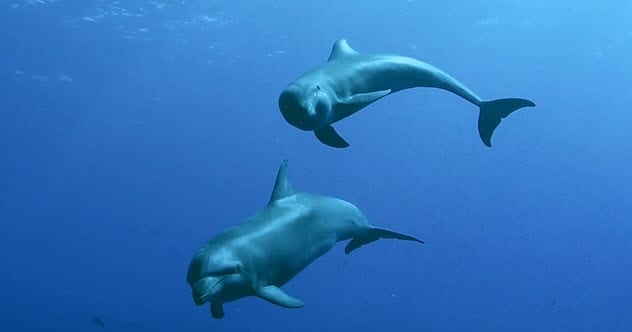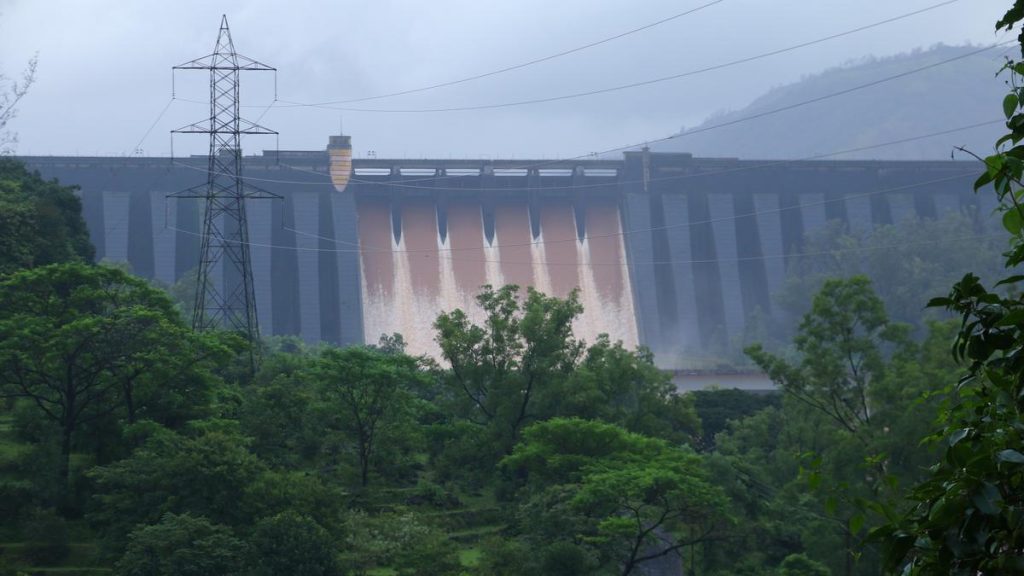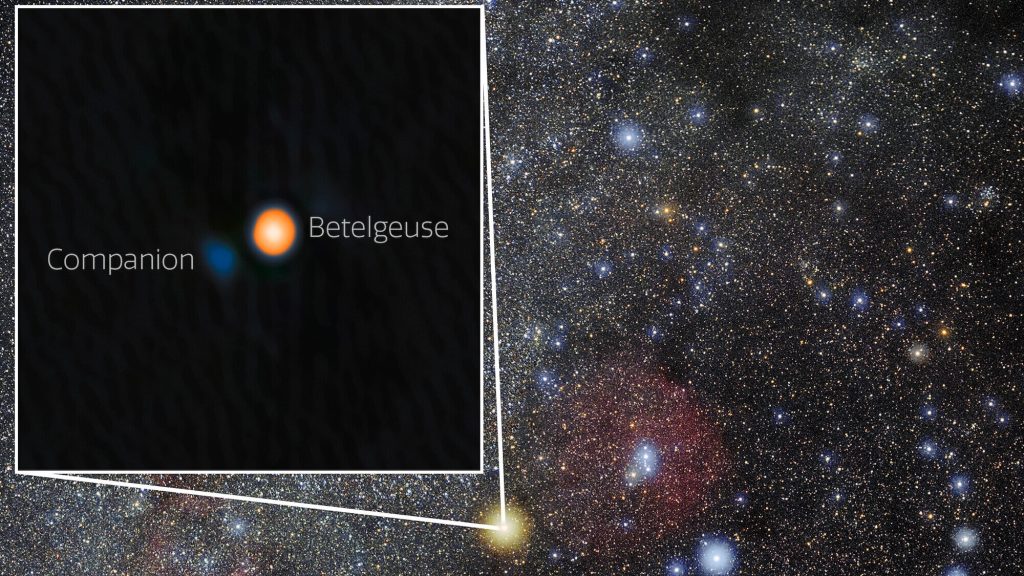Now Reading: 10 Animal Fluids and Their Surprising Uses
-
01
10 Animal Fluids and Their Surprising Uses
10 Animal Fluids and Their Surprising Uses

Quick Summary
- Whale Urine: Whale waste contains vital nutrients like nitrogen and phosphorus, helping maintain marine ecosystems. Tropical oceans receive up to 3,800 tonnes of nitrogen yearly from whale urine and other materials.
- Square Wombat Poop: Australian wombats produce cube-shaped feces due to the unique elasticity of their intestines.These cubes prevent rolling, helping with territorial marking.
- Milk-Secreting caecilians: Worm-like caecilian amphibians feed their young with milk-like fluid rich in fats and sugars produced in their oviducts.
- Aphid Defence Ooze: Aphids emit a defensive white fluid against moth attacks, sacrificing body mass to protect colonies in a process likened to “social immunity.”
- dolphin Urine Identification: Bottlenose dolphins recognize peers by the unique taste of their urine, illustrating complex social navigation abilities across senses.
- Hippo Sweat-Sunscreen: Hippos secrete sunscreen-like red liquid that provides antibacterial protection and blocks solar rays during prolonged exposure under the sun.
- tiger Moth Toxins: Wood tiger moths use distinct chemical defenses for different predators-neck ooze repels birds while abdomen slime deters ants.
- Sharpshooter Projectile Peeing: The sharpshooter insect ejects urine at speeds of 200 m/s² using an anal stylus for sap waste elimination after drinking plant xylem sap excessively.
- Glass frog Transparency Mechanism: Glass frogs concentrate blood cells in their liver when sleeping for camouflage; this could inspire medical advances for reducing blood clots.
- Roundworm Organ Milk: Post-reproductive roundworms sacrifice internal organs into milk through vulval secretion to nurture offspring.
Indian Opinion analysis
While these fascinating examples primarily serve ecological or biological insights into animal behavior globally,they highlight lessons possibly applicable within India’s biodiversity-rich environment. As an example, as India’s marine territories host vast wildlife including whales and dolphins, research on substances like whale urine underscores the integral role India’s ocean giants play in sustaining fragile aquatic systems amid rising climate change pressures.
The findings on aphids link closely to challenges Indian agriculture faces with pest control strategies. Innovations inspired by aphid defense mechanisms could enhance sustainable practices against crop pests.
Moreover, broader applications such as adapting glass frog transparency studies or sharpshooter-inspired designs might aid advancements within biotechnology industries domestically-opening opportunities for strategic eco-focused collaborations between researchers globally.
In sum,stories involving nature’s marvels resonate strongly with india’s commitment towards balancing conservation efforts alongside scientific advancement amidst ongoing environmental pressures.



























